Mapping the risk of depression and Optimum F1000Prime
| 29 May, 2018 | Alanna Orpen |
|

|
This month we share the recommended research on depression as researchers' genetic map for the mental health condition could pave the way towards new and improved therapies

A gene map of depression could help researchers understand the condition better, and to determine why it affects some people but not others. This investigation on the genetic determinants on our mental health is the largest to date, where more than 200 researchers mapped the genetic foundations to identify what increases our risk of depression. The new findings picked up lots of media attention this month including coverage in the The Guardian.
The research led by Naomi Wray, Psychiatric Genomics Consortium, Kings College London, and published in Nature Genetics identified 44 gene variants linked to depression, 30 of which were not previously connected to the condition.
The group combined seven datasets from the UK, US, Iceland and Denmark, including data on more than 135,000 people with depression and 345, 000 controls, which were compared to find common gene variants. The group found an overlap in the genetics that underpin depression and other mental health disorders such as anxiety, schizophrenia and bipolar disorder.
We share the recommended research on mental health in recognition of Mental Health Awareness Week earlier this month and this genetics insight that could provide clues as to how depression arises and potential new treatments. We also share the current top three articles for the month and our Hidden Jewels. Click on the images for full access to the recommendations.
F1000Prime is a literature recommendation service. The service has a peer-nominated global Faculty of more than 8,000 of the world’s leading biomedical scientists and clinicians who select those articles they think are particularly interesting and important, and write recommendations explaining their selection. From the numerical ratings awarded, we have created a unique system for quantifying the importance of individual articles.
Top 3 article recommendations about depression
“This study showed that depressive-like behavior in rodent models (rat congenital learned helplessness and mouse chronic restraint stress) is characterized by increased burst firing of neurons in the lateral habenula, which causes inhibition of the activity of the major reward and emotion pathways, the ventral tegmental dopamine system, and the serotonin dorsal raphe neurons.” – Ronald Duman, Yale University, US
“An important message coming from recent molecular-genetic research is that genetic susceptibility to bipolar disorder can be shared with other psychiatric disorders.” Janusz Rybakowski, Poznan University of Medical Sciences
“This important study shows that a combination of antidepressants at treatment initiation may improve outcome in patients with major depressive disorder.” Tung-Ping Su and Chen-Chia Lan, Taipei Veterans General Hospital, Taiwan
Current Top 3 recommendations
“This article by Clift and co-workers describes a novel technique called Trim-Away for the rapid degradation of target proteins in mammalian cells. Clift and coworkers demonstrate the application of this technique in several immortalized and primary cell lines, suggesting it will have a wider utility.” Yvonne Nyathi, University of Lincoln, UK
“This is a very clear message, and of special interest for those colleagues organizing a scientific meeting.” Ana Claudia Zenclussen, Otto-von-Guericke University Magdeburg, Germany
“This is a very good paper pointing to the comparison of two commonly used crystalloids, normal saline and balanced solution (lactated Ringers and Plasma Lyte). The main point is that there is no firm evidence to recommend either. The results from this single center study suggest that balanced solutions should be safer but the evidence is still not adequate.” Christer Svensén, Department of Clinical Science and Education, Sweden
Hidden Jewels
“This paper reveals novel aspects of the TOR kinase signal pathway in plants that highlight intriguing contrasts to better understood animal and fungal counterparts.” Bruce Veit, AgResearch Grasslands, New Zealand
“This structural model also allows the authors to propose a mechanism of proton translocation that is consistent with the existing functional data. The information will be important for the development of novel therapeutics targeting V-ATPase-related human diseases.” Edward Yu, Case Western Reserve University, US
“This pre-clinical animal study describes the development of an immunotherapy that induces a type I interferon response and protects against infection by multiple Aspergillus species. The authors focus on a chronic granulomatous disease (CGD) murine model due to the high mortality associated with invasive aspergillosis in CGD patients.” Joseph Heitman and Michael Hoy, Duke University Medical Center, US

|

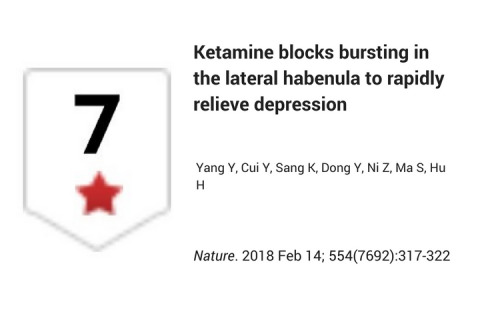
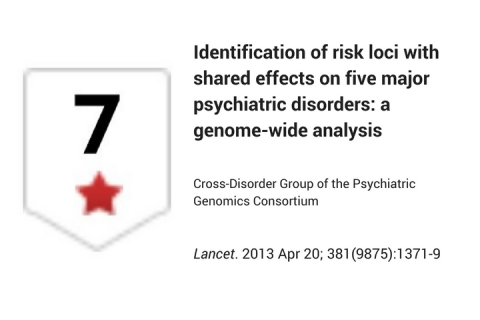
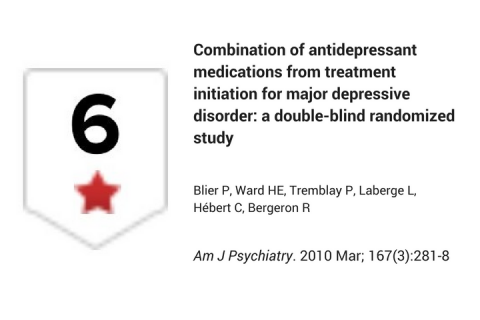
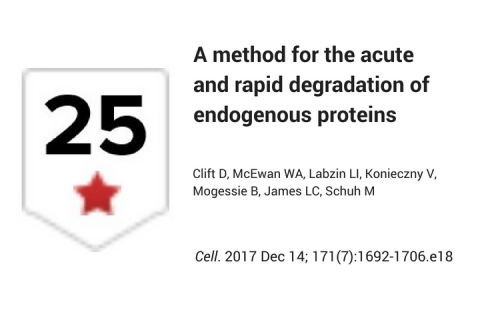
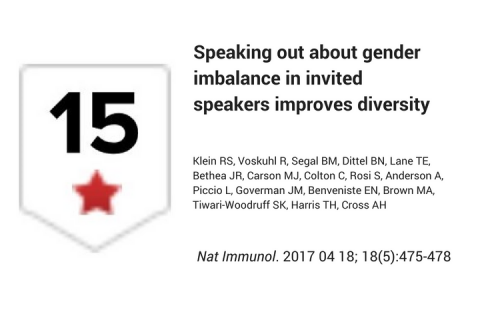
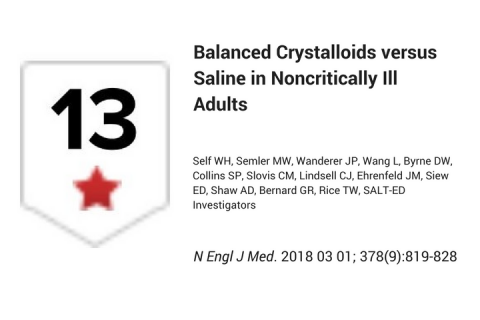
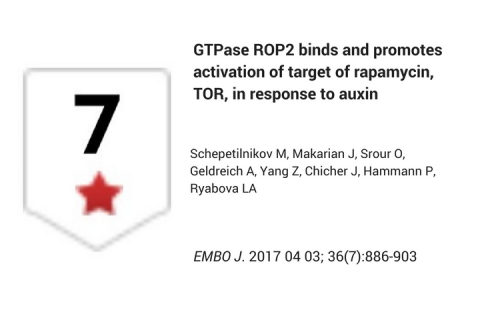
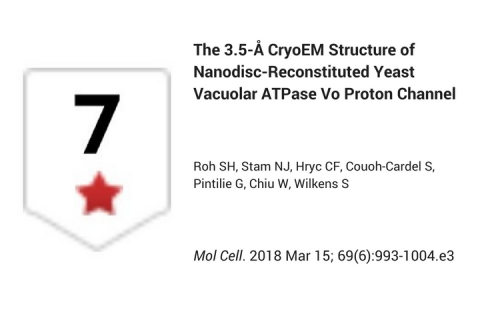
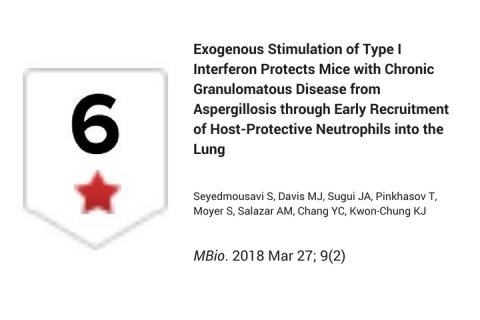



User comments must be in English, comprehensible and relevant to the post under discussion. We reserve the right to remove any comments that we consider to be inappropriate, offensive or otherwise in breach of the User Comment Terms and Conditions. Commenters must not use a comment for personal attacks.
Click here to post comment and indicate that you accept the Commenting Terms and Conditions.